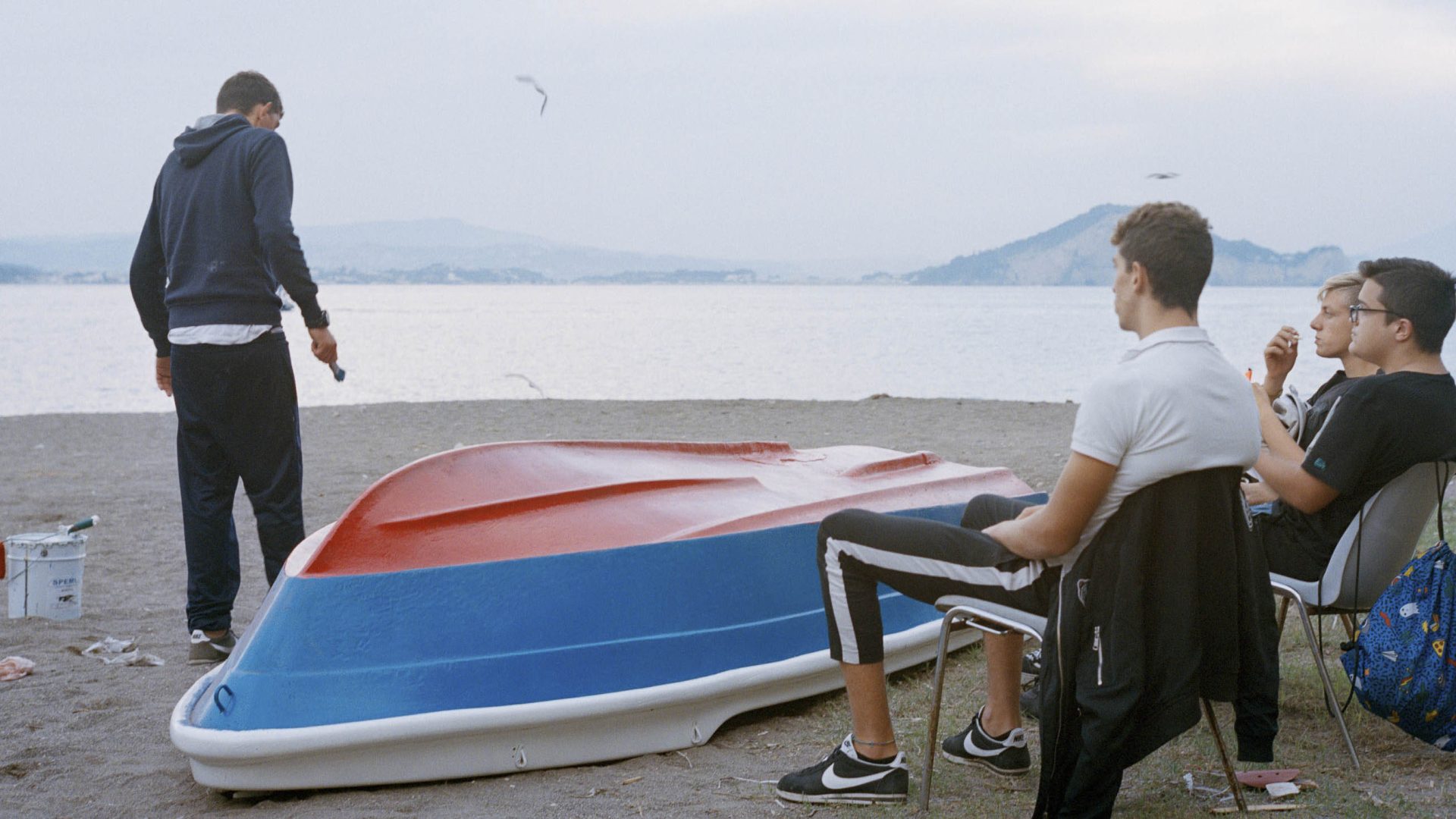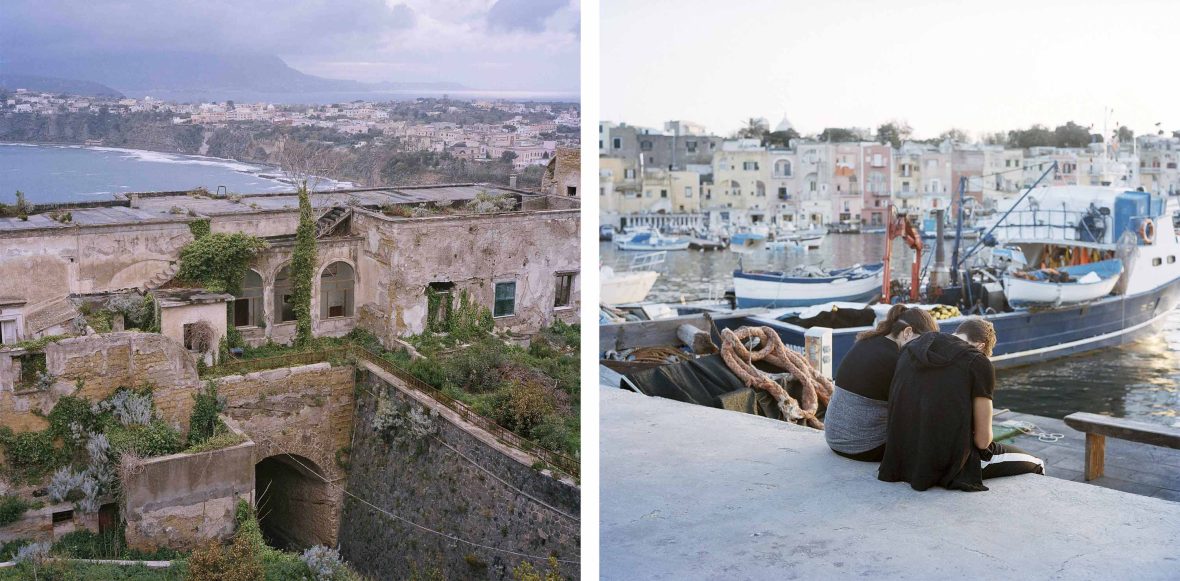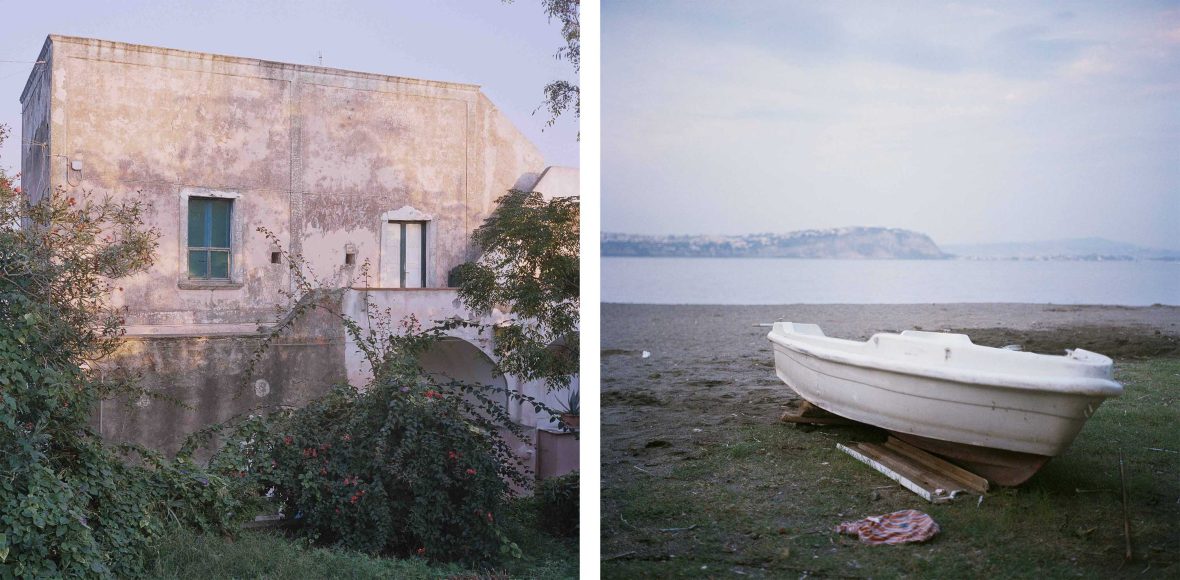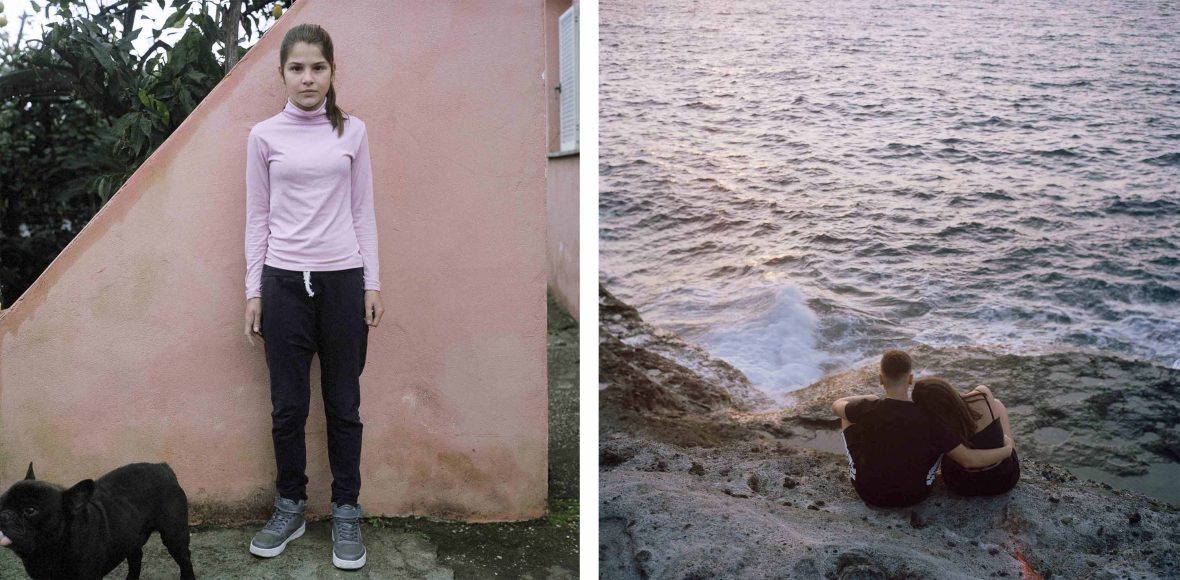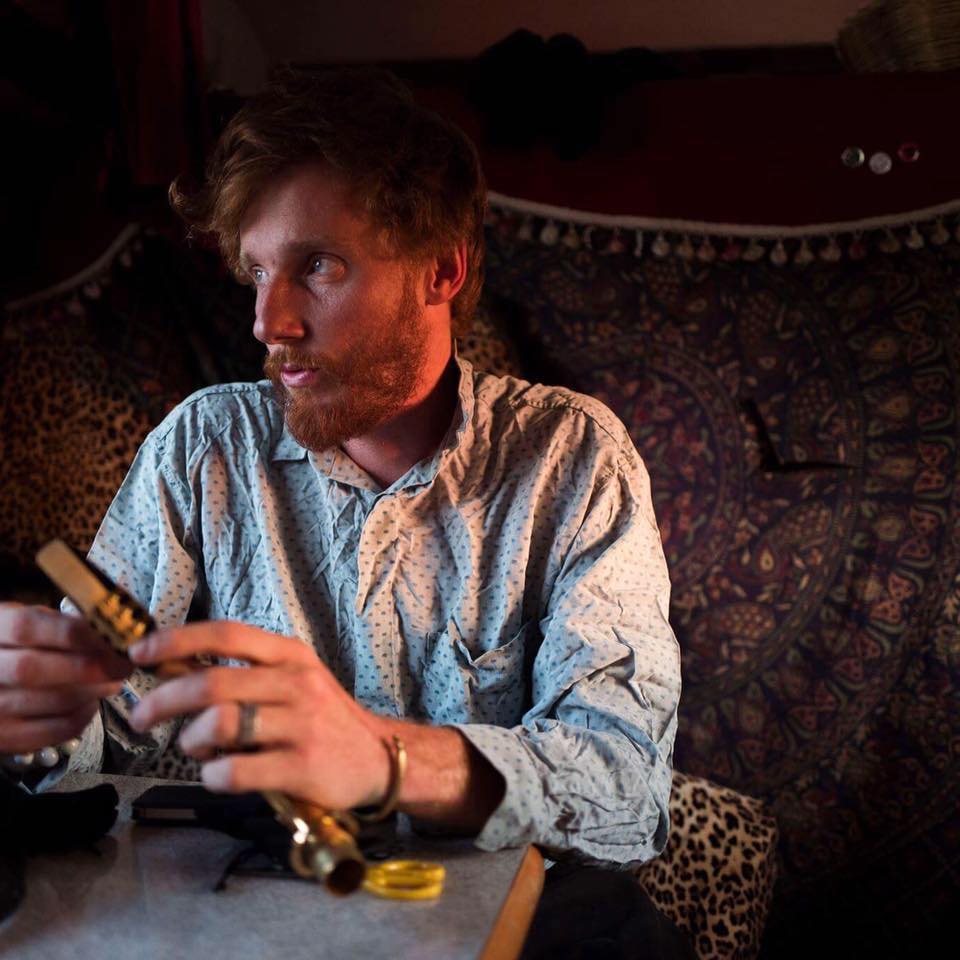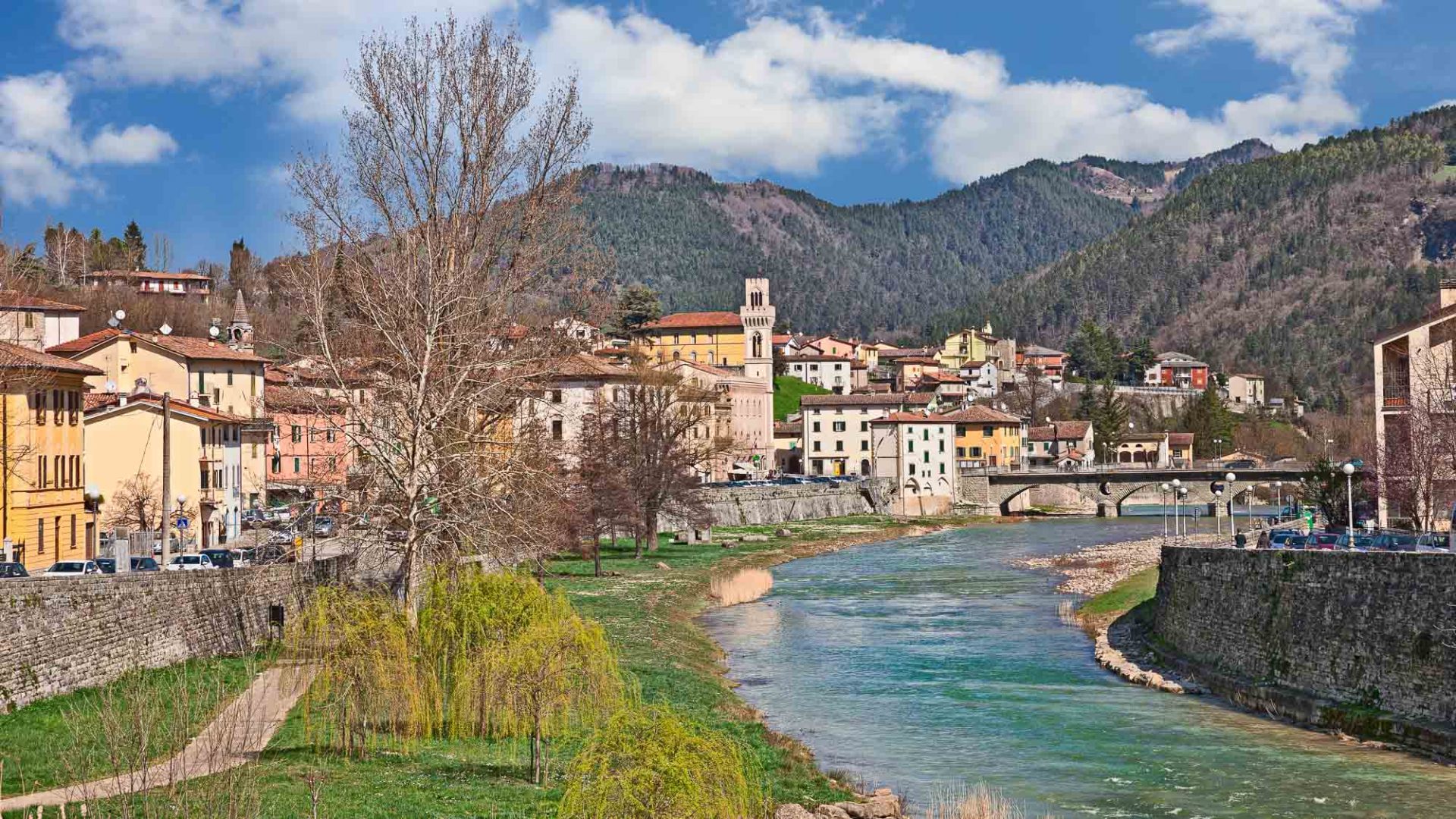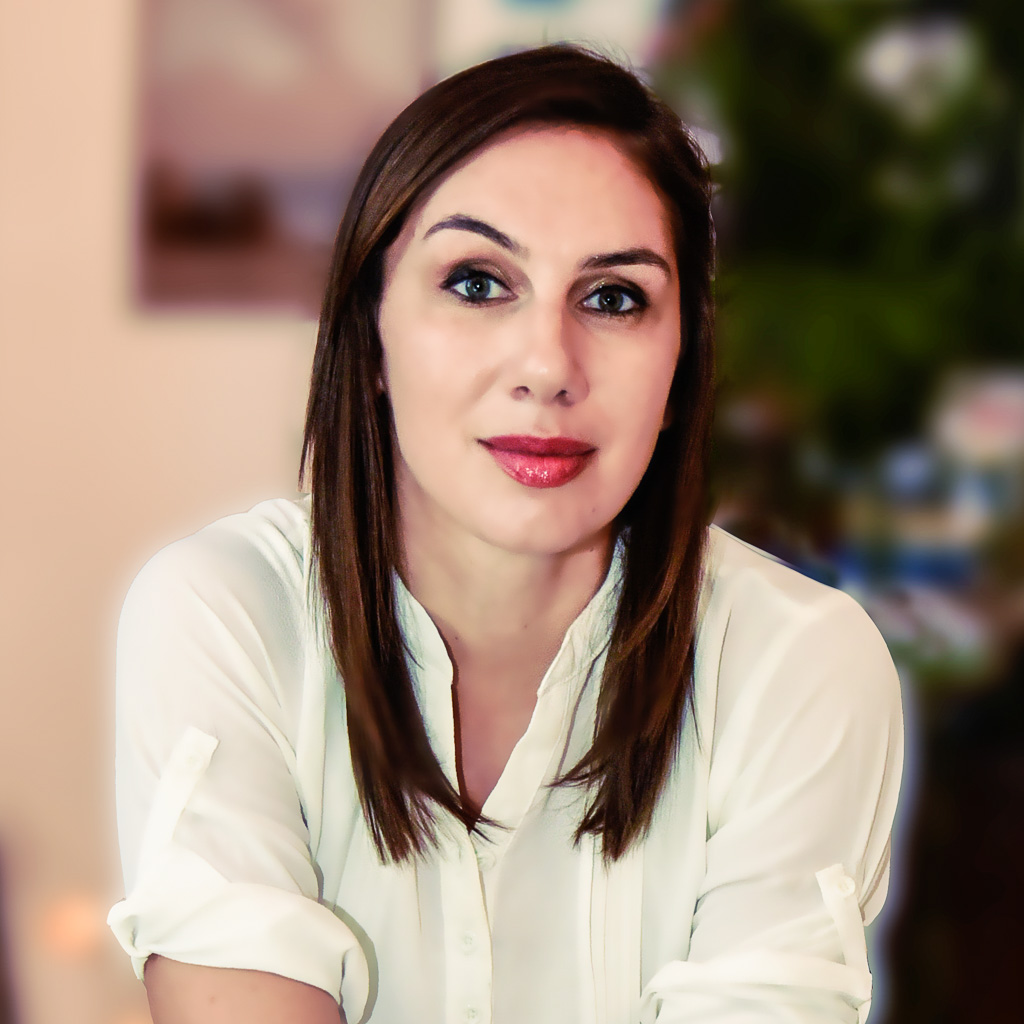Supported by a nautical academy that has produced world-class sea captains and shipbuilders since the late 1700s, the local fishing industry drives the island’s economy rather than outside visitors. “I think Procida is famously the little sister of the other islands,” says Marta. “They keep things a bit rundown to both preserve how the island looks, and what it looked like, but it’s also a way to stop people from coming.”
While the island has changed little since Marta first stepped off the ferry a decade ago, both her life and those she photographed have gradually moved on. She relocated to Estonia while the children she met on the soccer field are now young adults shaping their futures. Although she hasn’t quite closed the book on Return to Arturo’s Island, Marta wonders whether this natural break in the story is the best place to mark its end.
“We used to talk a lot more—they still look at my stuff and I look at theirs on social media—but now it’s been three years since the last time I visited,” she says about growing distant from those in her series, adding how she wishes the project could go on forever. “But I know if I write to them, it would be like we never stopped talking.”
